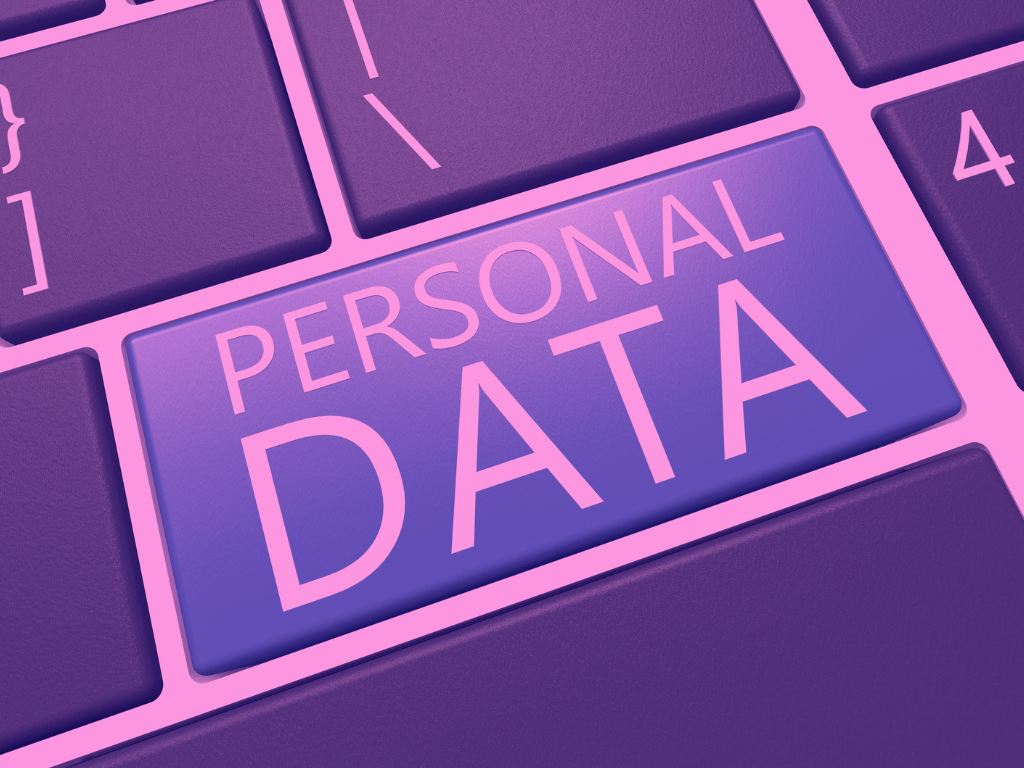Explore the benefits of data-driven teaching and practical strategies for effective implementation
Teaching is an ever-evolving profession, and as educators, it is essential to adapt to new methodologies and tools that enhance the learning experience of our students. One tool that holds immense potential for transforming learning pathways is data. By harnessing the power of data, primary and secondary teachers can make informed decisions that positively impact student outcomes. In this article, we will explore the ways in which data can be used to inform teaching decisions, with a particular focus on forms, spreadsheets, and AI.
The Importance of Data in Teaching
Data-driven decision making has become increasingly vital in education. It allows teachers to move away from a one-size-fits-all approach and tailor their teaching methods to meet the specific needs of their students.
- Personalised learning: Data empowers teachers to personalise the learning experience for each student, taking into account their strengths, areas for development, and diverse learning preferences.
- Early Intervention: By closely monitoring student data, teachers can identify struggling students early on and provide targeted interventions to support them.
- Evidence-Based Instruction: Data provides evidence to support instructional decisions, ensuring that teaching methods are backed by empirical evidence and research.
- Progress Tracking: With the help of data, teachers can track student progress over time, identify growth areas, and celebrate achievements.
By analysing data, teachers can gain valuable insights into student performance, identify areas for improvement, and adapt their instructional strategies accordingly. Having this information is also a great starting point to launch conversation about learning with parents come reporting and conferencing time. So, how do we collect this pivotal data?
Using Forms and Spreadsheets
Forms and spreadsheets are invaluable tools for collecting and analysing data in an organised way. They offer a user-friendly interface for teachers to gather information, conduct surveys, and track student progress. Let’s explore how primary and secondary teachers can leverage forms and spreadsheets to make data-informed teaching decisions.
- Form Creation: Teachers can create customised forms using tools like Google Forms and Microsoft Forms, which allow them to collect data on various aspects such as student feedback, learning preferences, and classroom climate. There are great template libraries in both these spaces that allow you to make graphic-designer level visually appealing forms in minutes with minimal effort.
- Data Organisation: Once the data is collected, it can be easily transferred to spreadsheets for analysis. Spreadsheets enable teachers to sort, filter, and visualise data, making it easier to identify patterns and trends. Google Sheets and Microsoft Excel both have features that allow you to select data and automatically create visuals, see Types of charts & graphs in Google Sheets and Recommended Charts in Excel.
- Tracking Student Progress: By regularly inputting student data into spreadsheets, teachers can track individual progress, identify areas where students may be struggling, and provide targeted support accordingly. You could even use basic spreadsheet concepts like conditional formatting to automate identification of trends.
- Collaboration and Sharing: Forms and spreadsheets also facilitate collaboration among teachers. Educators can share their forms and spreadsheets with colleagues, allowing for collective data analysis and informed decision making.
The Role of AI in Data Analysis
Artificial Intelligence (AI) plays a significant role in processing and analysing vast amounts of educational data. It can assist teachers in gaining deeper insights, automating data analysis tasks, and generating actionable recommendations. AI-powered tools can help identify patterns in student performance, suggest personalised learning paths, and even detect potential learning barriers.
Tools such as Google’s Practice Sets and Microsoft’s Reading Progress and Insights allow educators to tap into this type of technology from right inside the learning platforms they are already using.
Making Informed Teaching Decisions
Data alone is not enough to drive meaningful change in the classroom. It is essential for teachers to interpret the data effectively and translate it into actionable strategies. Here are some steps to consider when making informed teaching decisions based on data:
- Analyse Student Performance: Examine student data to identify areas where students are excelling and areas where they may need additional support.
- Set Goals: Based on the data analysis, set specific goals and objectives for individual students or the entire class.
- Plan Interventions: Design targeted interventions and instructional strategies to address areas of improvement.
- Monitor Progress: Continuously monitor student progress to evaluate the effectiveness of the interventions and make necessary adjustments.
Take our Skills Checklist Survey and find out where your forms and spreadsheet knowledge is and what next steps you need to take to level up.
Stay up to date with the latest in best practices in data-driven decision making through professional development opportunities. Reach out to our team and discuss your schools PD needs by booking a call here.

















